Wood to fall in love with
From living tress to living spaces
The most creative material in the world is growing, almost without our help, and it’s doing it completely silently. It’s a material that puts the living quality of all other materials completely in the shade –wood. Wood is a piece of nature. It breathes. It lives. It radiates comforting warmth, has a positive impact on the room’s atmosphere and offers limitless design options. With its grain, color, warmth and small, the wood we live with stimulates our senses. And in these fast-changing times, it soothes our longing for calm. High-quality wooden furniture moves with you, and often develops into favorite heirlooms fro generation after generation. Maybe it’s because it can tell stories? Haven’t’ we all stood at some point in front of a secretaire, touching its intarsia work lovingly and thinking how much this old piece of furniture must have seen, heard and experiences over its life?
Wood is like us –individual, No two pieces of wood are the same, not even wood of the same type. As a result, furniture bears the unmistakable mark of the tree from which it is made. And that’s what stimulates and inspires bulthaup to do justice to this vitality with its furniture. It’s a process that involves searching for that special character and expressing it to the full in the kitchen. At the focal point of it all stands our love and respect for wood.
The path from the tree to the kitchen is a long one. But at bulthaup, it doesn’t lead through a deep jungle or tropical forest. We only use cultivation areas that are managed sustainably. We don’t use wood from tropical rainforest either. After all, you don’t have to go the ends of the earth to find wood. They can actually be right under your nose – such as elm, apple and Swiss pear.
The elm used to grace classical sideboards until the wood finally became scorned as “conservative” and drifted into oblivion. Added to this was the fact that Duth elm disease was also felling most elm trees. Today, the elm has once again reclaimed its position in contemporary design, for example as sensual gray or russet foil to stainless steel surfaces. The wood of the apple tree also sets stunning accents. On the meadow, it’s a common-place. But in the home, it’s still something rather exotic. That’s because its veneer is extremely difficult to process. The cracked and irregular raw material takes a lot of experience. But it’s worth it, since with careful craftsmanship; the apple tree can enrich ant living space. The front is a unique piece, the structure a pure collection of contrast – an exciting switch between fiery-dark and fine-grained light components.
And there’s another tree bursting with rich fruits – the Swiss pear tree. Because of the climatic conditions and the fact that they grow wild, the trees are Eastern Switzerland feature a lively, straight grain. Cabinetmakers have always been enthralled by the wood, which is completely different from conventional pear wood. In the 1950s, Swiss pear was so scarce that it was almost impossible to get hold of. A replacement was searched for –and found- in the related service tree. It’s warm-colored grain is indistinguishable from that of the original pear tree from Switzerland. And that’s why service trees have become known in the trade as Swiss pear trees.
An Asian version, which features a natural and high-quality appearance, is bamboo. With a velvety-matt surface, it has a thin, striped veneer with knots, known as nodes. The American walnut has a reduced and noble effect, with its simple grain and fine, natural gray color.
At bulthaup, a special natural wood varnish- containing a type of light protection factor –protects the veneer against the effects of light and preserves the walnut’s delightful feel.
Every kitchen begins with its veneer picture. It creates the unmistakable appearance of the room. The structure must run precisely from top to bottom and from left to right. Just like a tree. That’s why choosing the veneer calls for a sharp eye and strict quality standards. But we don’t want to bore you with that just now. The result is far more exciting. Take a look around you. And make the history of tree part of your own kitchen’s history.

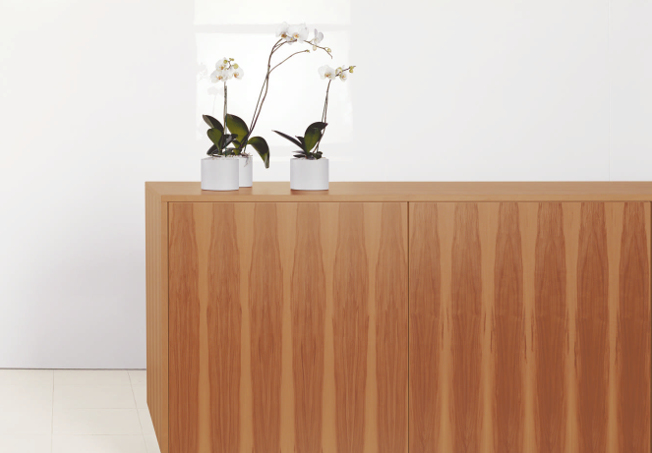
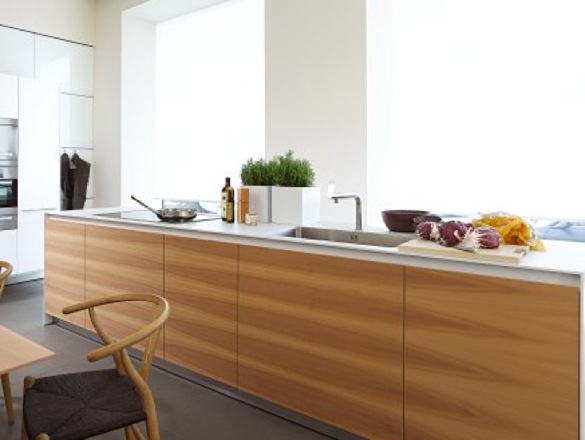
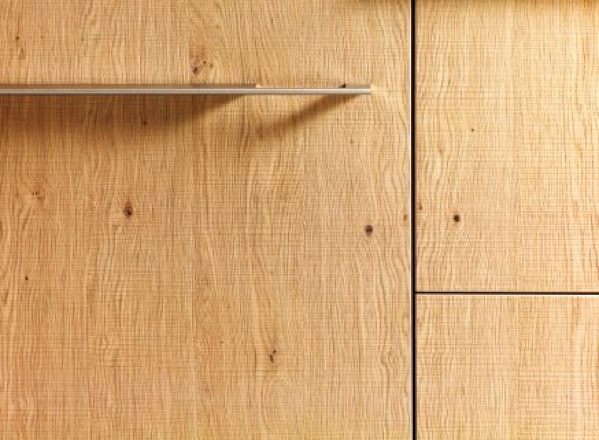
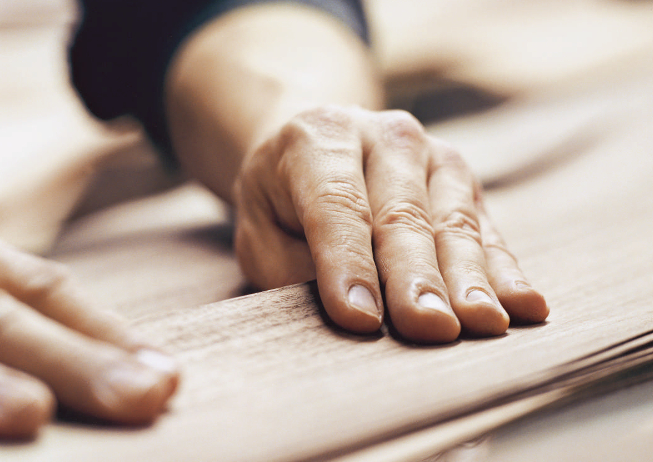
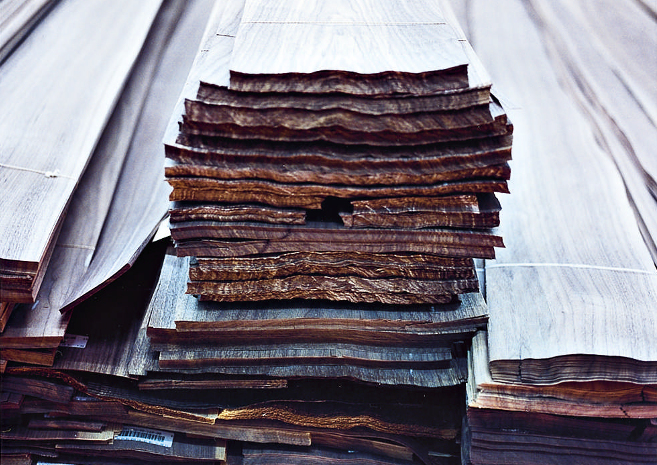
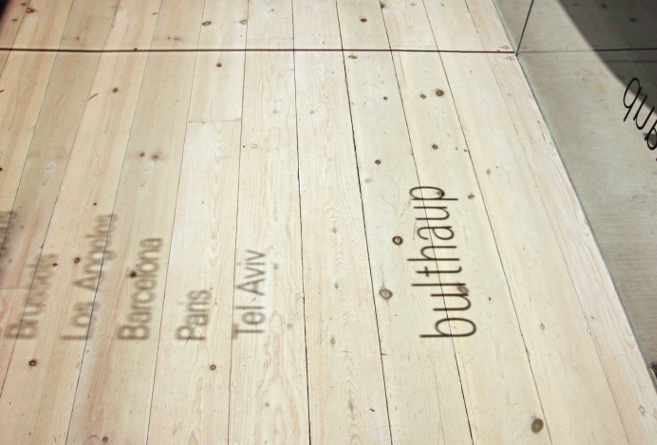
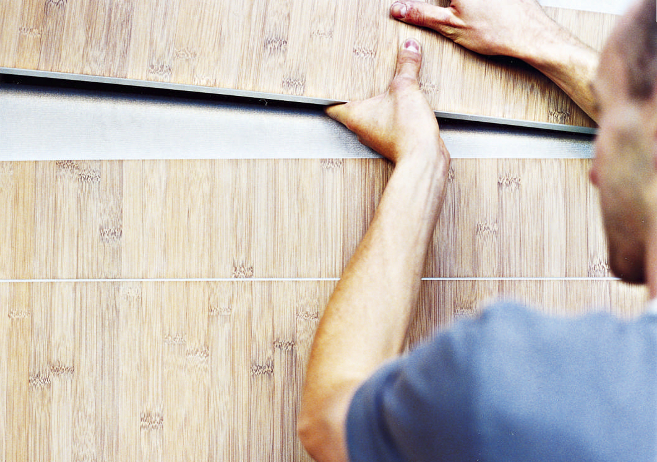





This entry has 0 Comments